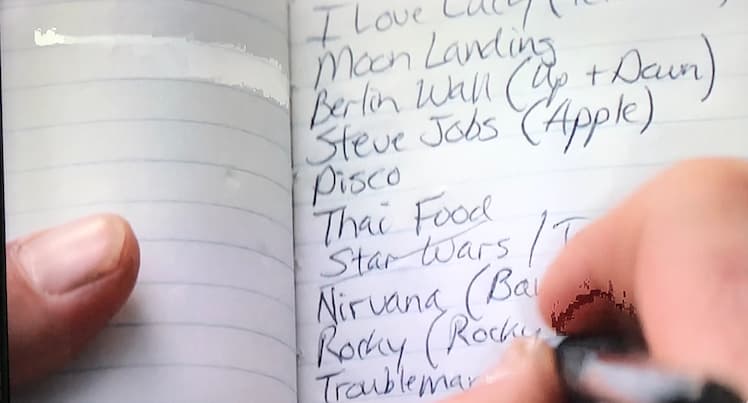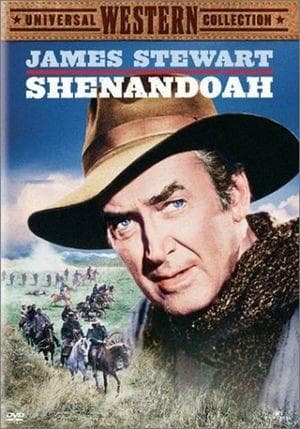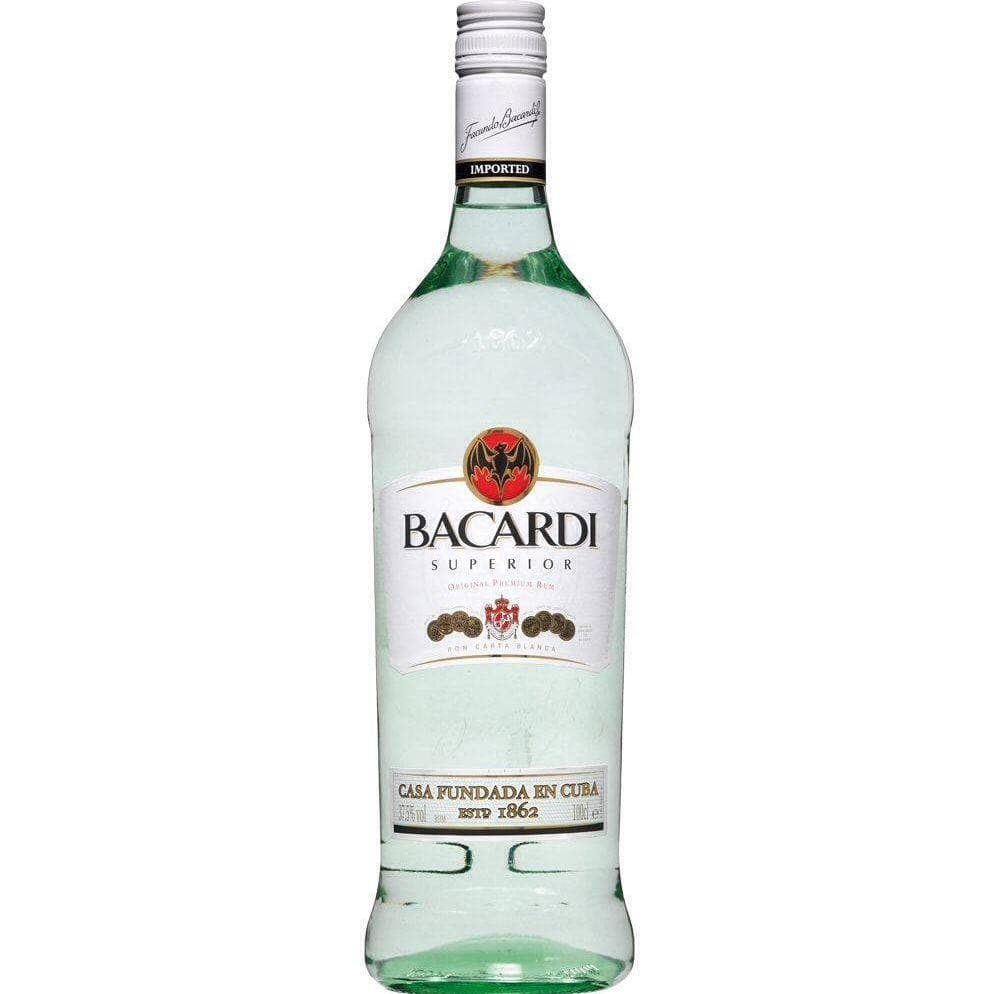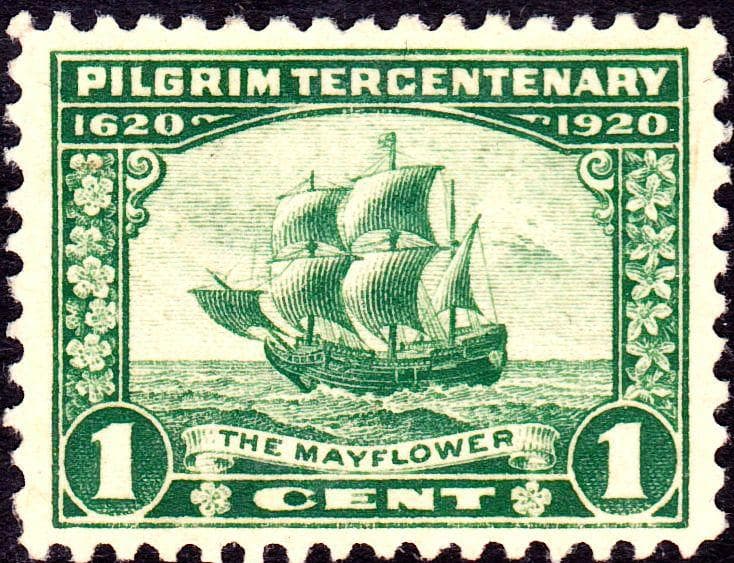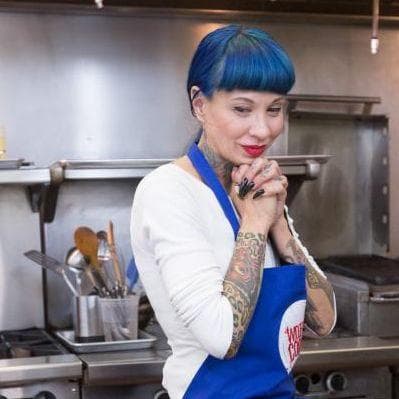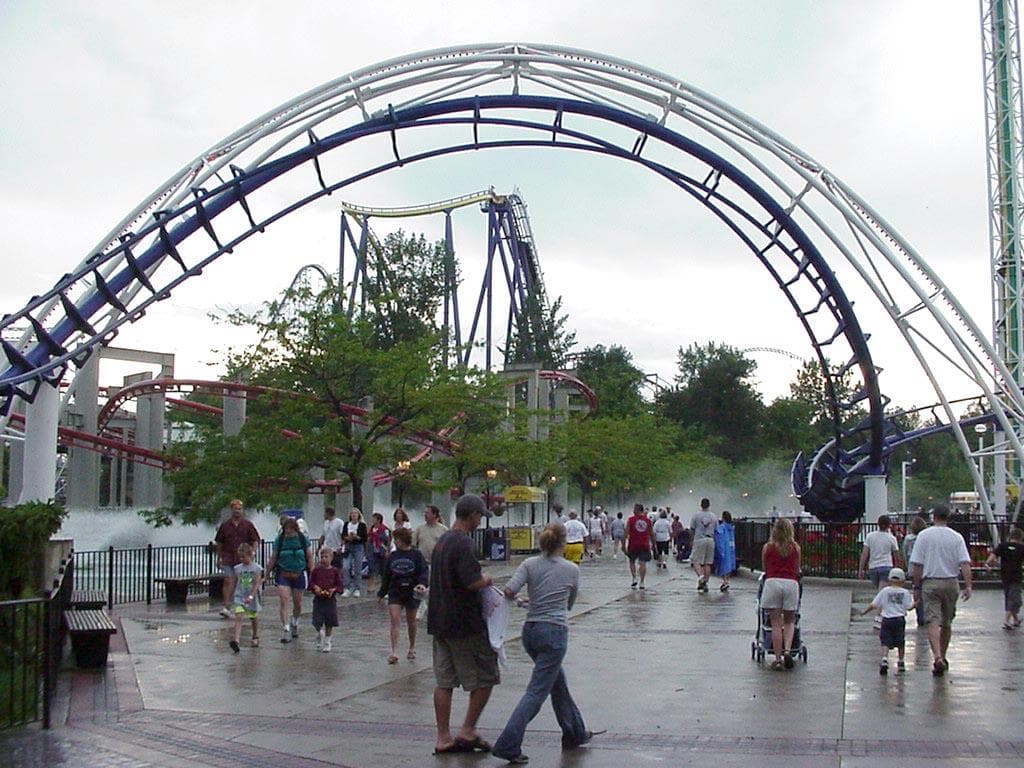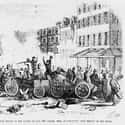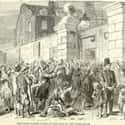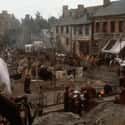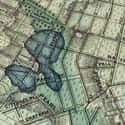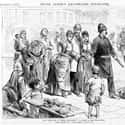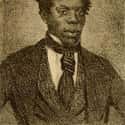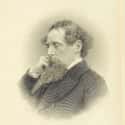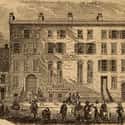-
(#1) The Neighborhood Was Filled With Gangs, Each With Its Own Distinctive Calling Card
Although many things about Five Points were exaggerated in Scorsese's movie, the tenacity of the clans within the neighborhood was not. Many were led by tough-as-nails boxers like Bill "The Butcher" Poole and John Morrissey. They often threw their muscle behind political candidates and operated as grotesque "political clubs" that would literally fight at the polls. Religious and cultural tensions would occasionally spark fights. Ultimately, though, these clashes rarely led to any loss of life. Despite legends that one Five Points building saw a slaying a night, there was barely more than one per month in New York at the time.
Each of the Five Points groups had colorful and strange traits to distinguish themselves from the competition. The Bowery Boys would go out in red shirts and stovepipe hats. The Dead Rabbits would march out with a rabbit nailed to a stick. The Short Tails would roam in untucked shirts (hence "tails"). The Whyos had an aural calling card rather than a visual one - they would call out with an owl-like screech that sounded like "Why-Oh!"
-
(#2) One Clash Had Almost 1,000 Participants
The many crews of Five Points would often come into conflict - and those conflicts occasionally turned devastating. Some fights had a cultural basis, with Catholics fighting Protestants, but more often they took place within religious groups for other reasons.
One of the most infamous conflicts took place over two entire days, with an estimated 1,000 people joining the fracas over the course of the fight. By the time the dust settled, more than 100 had been harmed and eight people lost their lives.
-
(#3) Police Records Show There Were Brothels On Every Block
Five Points residents had no shortage of gambling dens and saloons to pick from, but more than anything else, they had brothels.
"Every house was a brothel, and every brothel a hell," missionary Lewis Pease once wrote of Five Points. Police records from the time show that the blocks in and around the Five Points intersection featured a brothel in nearly every building.
-
(#4) Irish Immigrants Poured Into The Tiny Neighborhood During The Potato Famine
The Irish Potato Famine devastated the people of Ireland, sending thousands overseas in search of a better home. Many Irish ended up in the tenements of Five Points with no money to pursue nicer lodgings or improve their surroundings. These desperate immigrants were perceived as lowborn lawbreakers by many middle- and upper-class locals, fomenting long-running tensions between the groups. Much of the bad press and aggression in Five Points grew from this hostility.
-
(#5) The 'Firetrap Tenements' Bred Cholera And Typhus, Among Other Infectious Diseases
Due to very poor living conditions, disease outbreaks in Five Points were extremely common. Records from the time are limited but reveal that only parts of East London were competitive with Five Points' severe disease problem. Cholera, measles, diphtheria, and typhus all raged through the community and claimed the lives of many infants and children. Local sanitation and safety efforts were lax, meanwhile, and the tenement homes were considered "firetraps."
-
(#6) The Neighborhood Started Out As A Pond That Slaughterhouses Would Dump Into
In the 1700s, Manhattan featured a five-acre lake called the Collect. It was initially a popular gathering place during summer and winter alike, but gradually, slaughterhouses and tanneries set up along the banks. They began dumping bodily fluids, offal, and chemical byproducts into the lake, which was the Collect's unofficial beginning as a trash dump.
By 1813, the lake had been filled in, and buildings gradually popped up in its place. When Five Points was enduring its lowest point in the 1840s and '50s, the stench was still so bad visitors would use camphor-soaked handkerchiefs to block out the rotten smells.
-
(#7) Tourists From Around The World Visited The Squalor With Police Escorts
Reporters and missionaries made Five Points a constant topic of their publications and discussions. The tales of the neighborhood were so shocking - and therefore, exciting - that some middle-class people traveled there to see the conditions of the slums for themselves.
The lives of the rich were so unlike those of the poor that a visit to Five Points was practically an exotic excursion. However, they only came with police escorts along to protect them.
-
(#8) Tap Dancing May Have Come Out Of Five Points
Five Points was largely an Irish neighborhood, but other groups, like Italians and African Americans, also lived there. Living in such close quarters led to a cross-cultural exchange that may have even resulted in the creation of tap dancing. Historians believe Black dancers adapted the Irish jig and clog to create the new dance style
William Henry Lane was one such dancer; he rose to fame in Five Points in 1844. He was billed as "Master Juba" and "King of All Dancers" on stage and is considered by some to be the first tap dancer.
-
(#9) Charles Dickens Called Five Points 'A World Of Vice And Misery'
Famed British author Charles Dickens paid a visit to Five Points in 1842 as research for his book American Notes. He was shocked, saddened, and fearful, asking two police officers to accompany him into houses and a saloon. Dickens described the neighborhood in great detail:
Poverty, wretchedness, and vice, are rife enough where we are going now. This is the place: these narrow ways, diverging to the right and left, and reeking everywhere with dirt and filth.
-
(#10) Some Believe The 'Vice' Of The Neighborhood Was Exaggerated By Religious Reformers
During the 1800s, New Yorkers were predominantly Protestant, so the massive Catholic infusion of European immigrants set the stage for suspicion and mistrust. Protestant reformers and missionaries were particularly unhappy, even blaming vice in the area on the Catholic faith of its occupants.
In fact, these reformers may have spread exaggerated or otherwise incorrect stories about Five Points, creating a somewhat false impression that the neighborhood was completely overrun by chaos. Often, publishers ate these stories up and printed them to sell papers.
-
(#11) Five Points Is Known As America's 'Most Notorious Slum'
The conditions in Five Points were horrific. Apart from the poor repair of the tenement houses and outbreaks of disease, many Five Points residents were alcohol abusers. One female resident once told a public health official, "If you lived in this place you would ask for whiskey instead of milk."
In his book Five Points, historian Tyler Anbinder referred to it as "the first slum in America."
New Random Displays Display All By Ranking
About This Tool
Around the 20th century, the poor kilns in Manhattan's sixth district showed a five-cornered shape, which is called five points here. People were all running for their own livelihoods, Irish, Jews, and Italians gathered here. In the poor kilns, all kinds of illegal transactions can not be more common. Paul Kelly founded the Five Points gang here, which was one of the dominant street gangs in the first two decades of the 20th century.
The Five Points Gang gave birth to many famous gangsters, including Lucky Luciano, Johnny Torrio, and Al Capone who later came to Chicago. The random tool introduced 11 bizarre things about the real Five Points.
Our data comes from Ranker, If you want to participate in the ranking of items displayed on this page, please click here.


